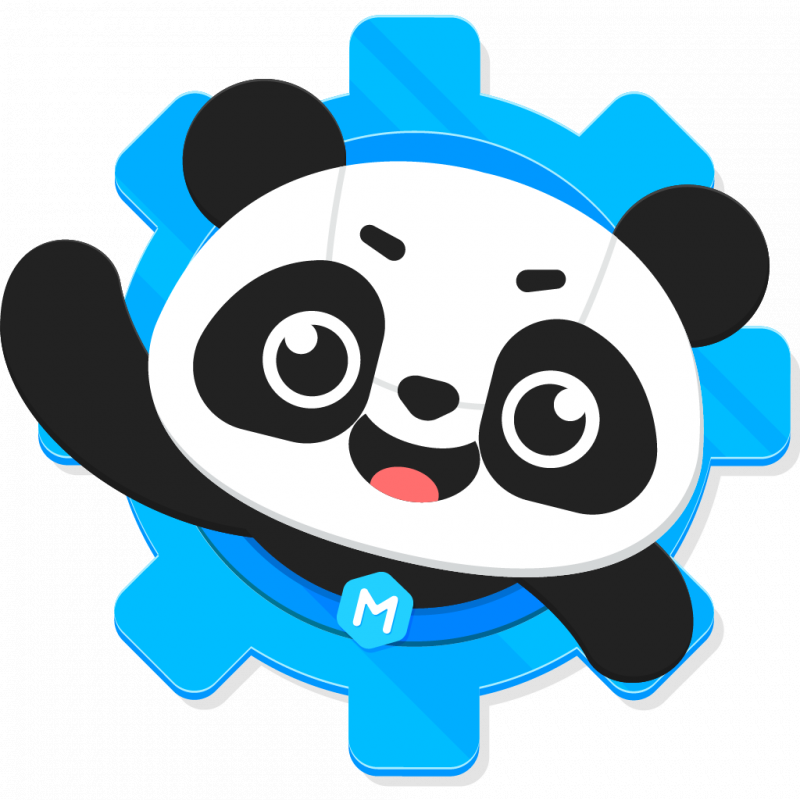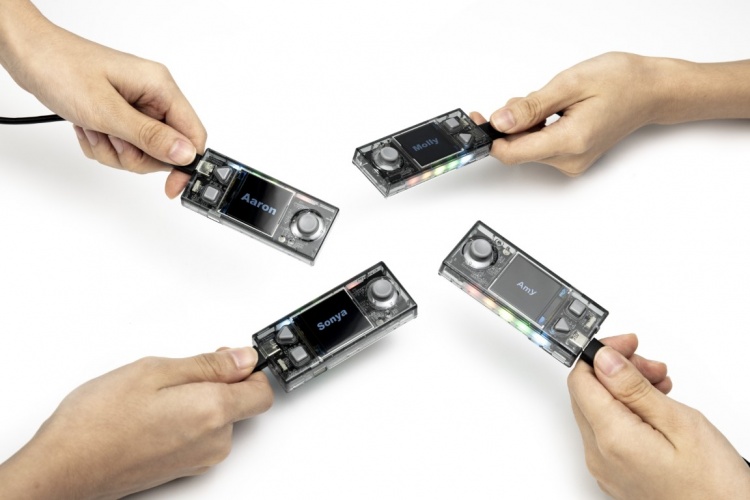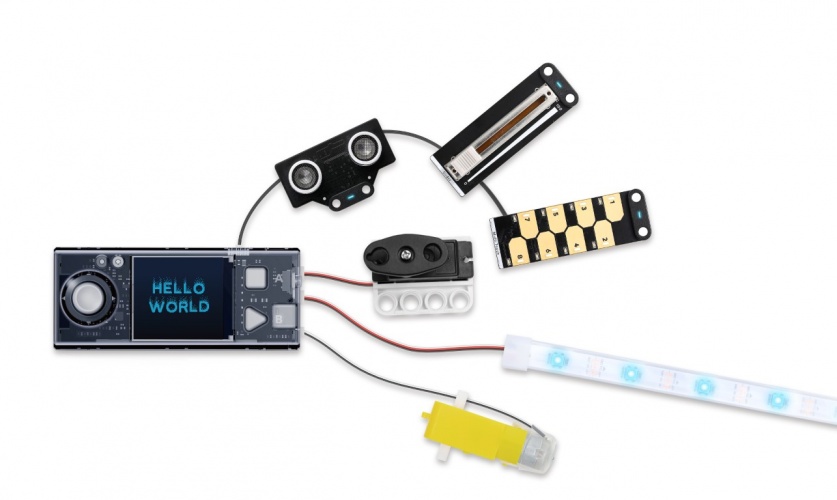Can analyse problems in computational terms, and have repeated practical experience of writing computer programs in order to solve such problems.
Can evaluate and apply information technology, including new or unfamiliar technologies, analytically to solve problems.
Are responsible, competent, confident and creative users of information and communication technology.
Understand what algorithms are; how they are implemented as programs on digital devices; and that programs execute by following precise and unambiguous instructions.
Create and debug simple programs.
Use logical reasoning to predict the behaviour of simple programs.
Use technology purposefully to create, organise, store, manipulate and retrieve digital content.
Recognise common uses of information technology beyond school.
Can understand and apply the fundamental principles and concepts of computer science, including abstraction, logic, algorithms and data representation.
Design, write and debug programs that accomplish specific goals, including controlling or simulating physical systems; solve problems by decomposing them into smaller parts.
Use sequence, selection, and repetition in programs; work with variables and various forms of input and output.
Use logical reasoning to explain how some simple algorithms work and to detect and correct errors in algorithms and programs.
Use search technologies effectively, appreciate how results are selected and ranked, and be discerning in evaluating digital content.
Use technology safely, respectfully and responsibly; recognise acceptable/unacceptable behaviour; identify a range of ways to report concerns about content and contact.
Learn to analyse problems in computational terms
Make appropriate use of data structures.
Achieve challenging goals, including collecting and analysing data and meeting the needs of known users.
Be responsible, competent, confident and creative users of information and communication technology.
Create, re-use, revise and re-purpose digital artefacts for a given audience, with attention to trustworthiness, design and usability.
Design and develop modular programs that use procedures or functions.
Design, use and evaluate computational abstractions that model the state and behaviour of real-world problems and physical systems.
Learn to evaluate and apply information technology, including new or unfamiliar technologies, analytically to solve problems.
Understand and apply the fundamental principles and concepts of computer science, including abstraction, logic, algorithms and data representation.
Understand simple Boolean logic and some of its uses in circuits and programming.
Understand the hardware and software components that make up computer systems.
Develop and apply their analytic, problem-solving, design, and computational thinking skills.
Develop their capability, creativity and knowledge in computer science, digital media and information technology.
Develop the creative, technical and practical expertise needed to perform everyday tasks confidently and to participate successfully in an increasingly technological world.
Build and apply a repertoire of knowledge, understanding and skills in order to design and make high-quality prototypes and products for a wide range of users.
Critique, evaluate and test their ideas and products and the work of others.
Generate, develop, model and communicate their ideas through talking, drawing, templates, mock-ups and, where appropriate, information and communication technology.
Explore and evaluate a range of existing products.
Investigate and analyse a range of existing products.
Evaluate their ideas and products against their own design criteria and consider the views of others to improve their work.
Understand how key events and individuals in design and technology have helped shape the world.
Understand and use electrical systems in their products [for example, series circuits incorporating switches, bulbs, buzzers and motors].
Apply their understanding of computing to program, monitor and control their products.
Use research and exploration, such as the study of different cultures, to identify and understand user needs.
Identify and solve their own design problems and understand how to reformulate problems given to them.
Analyse the work of past and present professionals and others to develop and broaden their understanding.
Investigate new and emerging technologies.
Test, evaluate and refine their ideas and products against a specification, taking into account the views of intended users and other interested groups.
Understand how more advanced mechanical systems used in their products enable changes in movement and force.
Understand how more advanced electrical and electronic systems can be powered and used in their products [for example, circuits with heat, light, sound and movement as inputs and outputs].
Apply computing and use electronics to embed intelligence in products that respond to inputs [for example, sensors], and control outputs [for example, actuators], using programmable components [for example, microcontrollers].
Understand several key algorithms that reflect computational thinking.
Undertake creative projects that involve selecting, using, and combining multiple applications, preferably across a range of devices.
Use logical reasoning to compare the utility of alternative algorithms for the same problem.
Use two or more programming languages, at least one of which is textual, to solve a variety of computational problems.






User reviews for CyberPi
You need to log in to post a review.